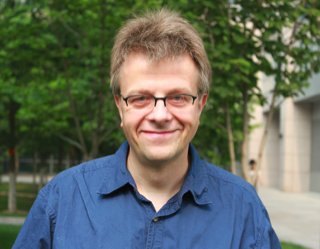Semantic typology
Semantic typology (ST) is the cross-linguistic study of linguistic categorization. ST aims to elucidate the workings of the syntax-semantics interface and the broader cognitive embedding of language by studying variation and universals in the constraints languages impose on semantic representations in particular conceptual domains. ST is a field of linguistic inquiry still very much in its infancy. Although the pioneering work of the Cognitive Anthropologists in the 1960s and 1970s has demonstrated the enormous potential of empirical studies in crosslinguistic semantics for shaping theoretical approaches on the interface between language and cognition, few broad-based and methodologically sound investigations have been carried out to date. An explicit research program for ST has been formulated by the members of the Language and Cognition Research Group at the Max Plank Institute for Psycholinguistics. The Nijmegen methodology involves the following steps:
- Preliminary determination of parameters of variation on the basis of previous research
- Construction of an etic grid that captures the possible value combinations of these parameters
- Exhaustive encoding of the cells of the etic grid in sets of nonverbal stimuli
- Collection of preferred descriptions and ranges of possible descriptions in a typologically broadly varied sample of unrelated languages with multiple speakers per language according to a standardized protocol
- Additional elicitation aimed at probing the full semantic extension of the collected expressions
- Tests to filter out pragmatically generated meaning components and isolate lexical (and constructional) semantic representations
- Statistical analysis of correlations
- Formulation of implicational generalizations.
Major ongoing activities in Semantic Typology at the University at Buffalo Linguistics Department include the Semantic Typology Lab and the MesoSpace Project. The Semantic Typology Lab serves as an incubator for research ideas from faculty and students. Current topics of discussion include projects on eye-tracking studies of motion events, meronymy in Yucatec and Zapotec, the role of linguistic vs. environmental and cultural factors in spatial cognition, and continued research on spatial language and cognition beyond Mesoamerica.

